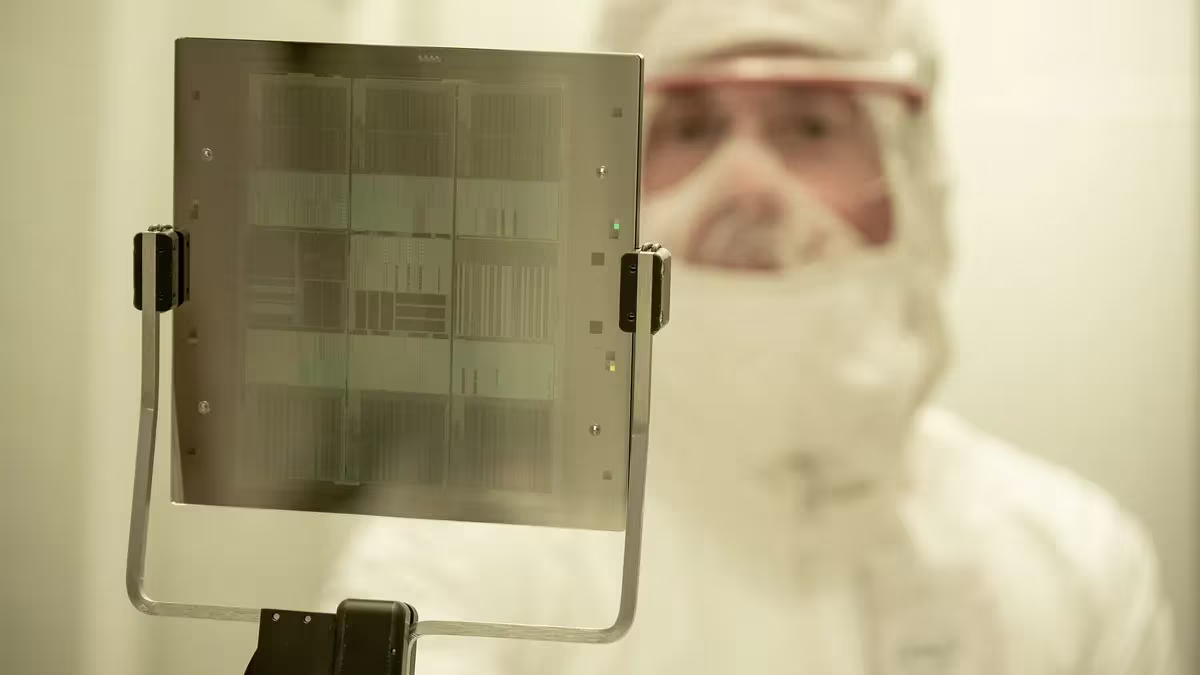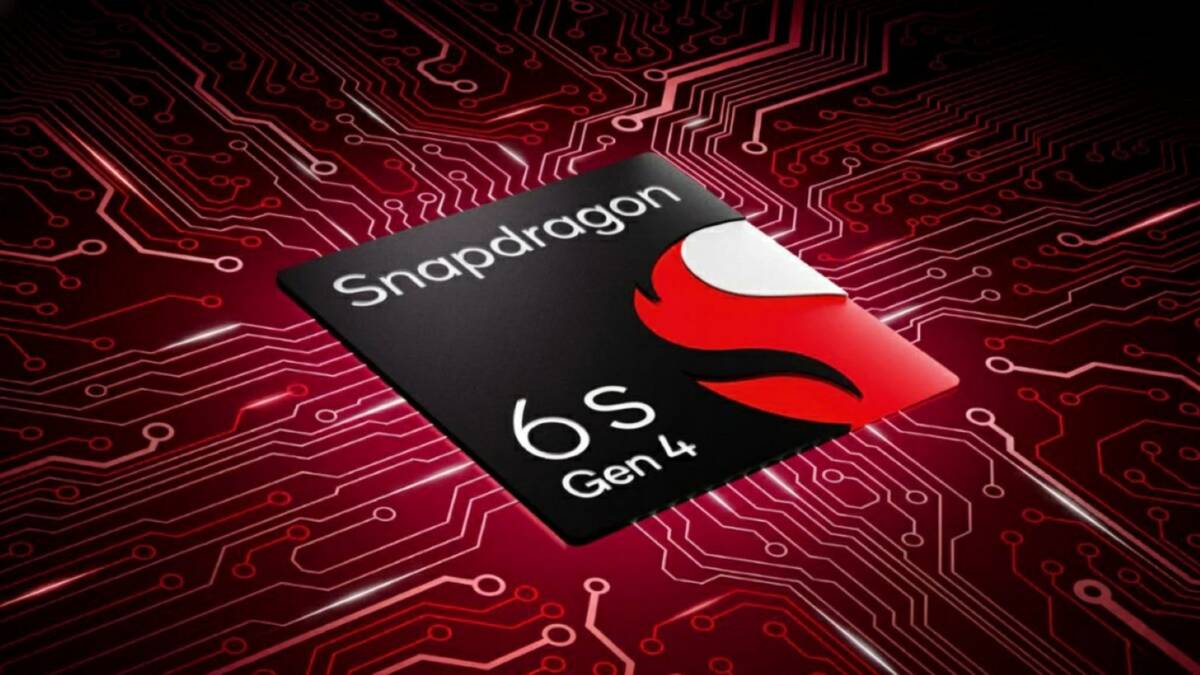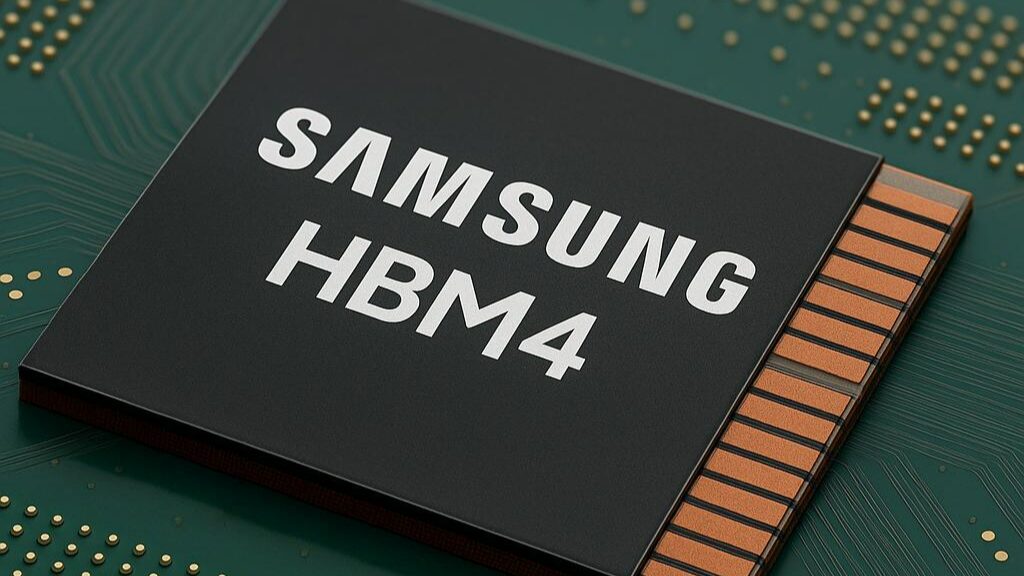Intel may abandon development of 14A and subsequent process technologies

Intel is considering suspending or canceling development of 14A, its upcoming 1.4nm process, if it fails to attract a major external customer or reach key development milestones. This could be a turning point in the company’s history and could mean a virtual exit from the race of leading chip makers, leaving TSMC and Samsung Foundry in the lead.
Dependence on commercial viability and external partner
In Intel’s second-quarter earnings conference call, Intel openly admitted for the first time that continuing to work on the 14A would only be possible if it had a serious external customer and met its internal goals. In a 10-Q report to the SEC, the company said:
“If we are unable to attract a meaningful external customer and fail to meet important milestones on the Intel 14A, we may suspend or discontinue its development and abandon development of subsequent technology nodes.”
“I will only make a capex decision when there is confirmed demand from internal and external customers, as well as volume guarantees. The production unit must meet our requirements in terms of throughput and yield.”
Intel 14A: an expensive technology with an uncertain future
The 14A process was intended to be the successor to the 18A and 18A-P and is aimed at both internal development and third-party customers. It is also Intel’s first platform where High-NA EUV lithography is planned on a minimum of three critical layers.
Each ASML Twinscan EXE:5000/5200 High-NA EUV machine costs about $380 million. To fully launch, Intel will need at least two of these instruments, costing the company $760 million in hardware alone. This requires high utilization from both internal and external orders.
In 2024, Intel’s R&D spending is $16.5 billion, much of which is dedicated to the development of 18A, 18A-P, and 14A process technologies. The abandonment of 14A means a possible strategy revision and reallocation of investments.
Implications of a possible abandonment of 14A
At this point, Intel is still developing one internal product for the 14A, but the company reserves the right to cancel the project. If the 14A and the following nodes are abandoned, Intel may place future higher transistor density products at third-party facilities – most notably TSMC.
At this time, the company will continue to develop one internal product for the 14A, but reserves the right to cancel the project.
Nevertheless, Intel plans to manufacture most of its products internally through 2030, using process technologies up to and including 18A-P. This will keep control of manufacturing and reduce capital expenditure. But abandoning the most advanced nodes could affect margins and the competitiveness of high-performance solutions.
The story Intel may abandon development of 14A and beyond process technology was first published on ITZine.ru.







